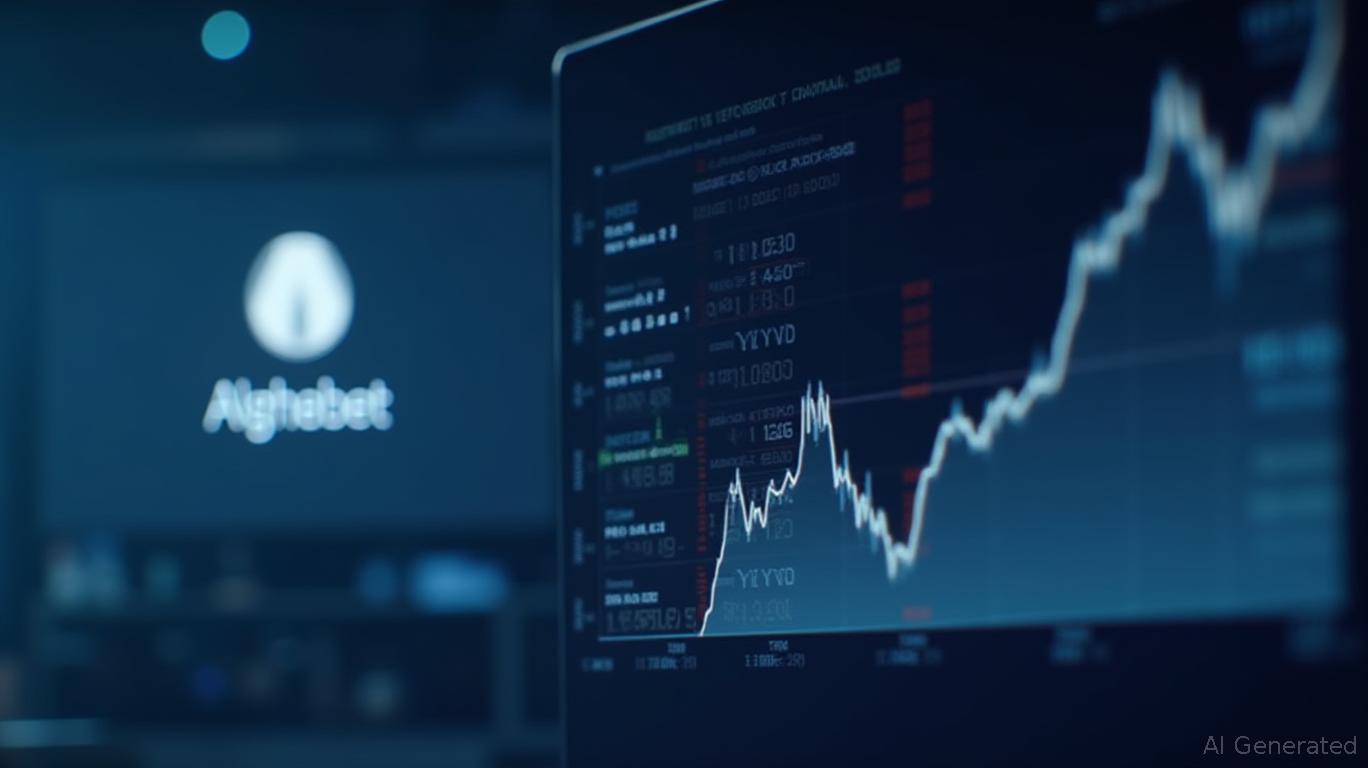Unlocking the Google Dividend: How Alphabet's Corporate Structure Can Boost Your Returns
The tech giants are back—and so are the dividends. But here's the catch: many of these companies, like
, still offer paltry yields. So how do you juice your returns without sacrificing growth? Let me break it down for you.The Problem with Tech Dividends
Tech stocks have long been growth darlings, not income plays. Alphabet (GOOGL), the parent company of Google, is no exception. Its current dividend yield is a measly 0.3%, barely enough to cover a cup of coffee. But here's the twist: Alphabet isn't your average tech stock. Its corporate structure is a masterclass in capital flexibility—and that's where the opportunity lies.
Alphabet's Secret Weapon: The Holding Company Model
Imagine a financial Swiss Army knife. That's Alphabet. Its parent company structure allows it to control over 160 subsidiaries, from Google Cloud to Waymo's autonomous cars, while shielding them from direct scrutiny. This setup lets Alphabet return cash to shareholders in ways that bypass traditional dividend limits. Think of it as a dividend multiplier—and here's how it works:
1. Direct Dividends: A Starting Point, Not the Finish Line
Alphabet's current dividend of $0.21 per share (up 5% from last year) might seem small. But combine it with its $70 billion share buyback program—which has cut its share count by 10.9% over five years—and you've got a hidden growth engine. Few realize that buybacks effectively boost earnings per share (EPS) by reducing the number of shares outstanding. That's why Alphabet's EPS rose 49% in its latest quarter, even as net income grew “only” 46%.
2. The YGOG ETF: The 8.27% Income Machine
This is where the magic happens. The Purpose Investments Alphabet Yield Shares ETF (YGOG) isn't just a dividend fund—it's a covered-call powerhouse. Here's the breakdown:
- 50% of its assets are in Alphabet stock.
- The other 50%? Covered-call options sold against those shares.
- Leverage up to 25% boosts potential returns (and risks).
The result? An annualized yield of 8.27%—over 25x Alphabet's direct dividend. And the best part? Distributions are taxed as capital gains, not dividends.

The Play: Time Your Move for the June Dividend
Here's the action plan:
- Buy YGOG by May 28, 2025 to qualify for the June 3 dividend.
- Pair it with long-term Alphabet stock to capture buybacks and growth.
- Keep an eye on covered-call premiums—if Alphabet's stock rises sharply, YGOG's gains could outpace the downside risks of its leverage.
The Risks You Can't Ignore
- Regulatory Headwinds: Antitrust lawsuits (and potential remedies like breaking up Chrome) could crimp Alphabet's growth.
- Leverage in YGOG: That 25% boost is a double-edged sword. A tech downturn could amplify losses.
- Tax Complexity: While YGOG's capital gains treatment is a plus, consult a pro to avoid jurisdictional snags.
The Bottom Line: Think Like a Hedge Fund
Alphabet's structure lets it do what few tech giants can: return capital aggressively while still funding moonshots like Waymo and AI. For income investors, YGOG is the shortcut to that cash flow—just don't forget to hedge your bets.
Final Pitch:
If you're sitting on cash waiting for a tech dividend play, this is your moment. Alphabet's corporate genius turns low yields into high income—and with shares trading at a P/E of 17.7 (a steal by tech standards), now's the time to buy YGOG, hold GOOGL, and let the structure work for you.
Don't let the 0.3% yield fool you—Alphabet's true dividend is its flexible structure. Use it.
Always remember: Risk is part of the game. Know your limits, and don't bet more than you're ready to lose.

Comments
No comments yet